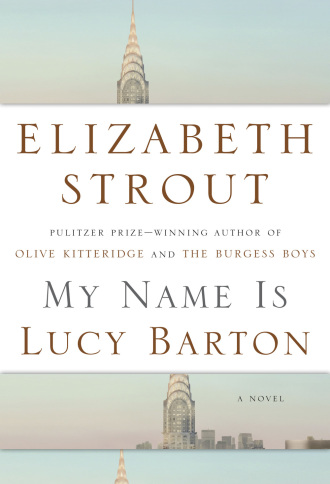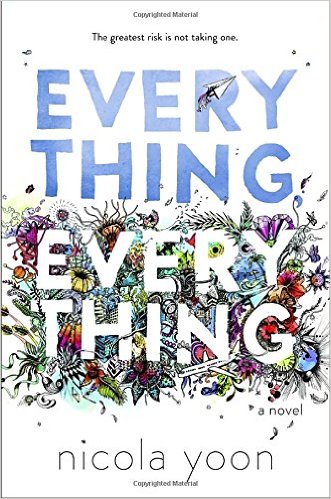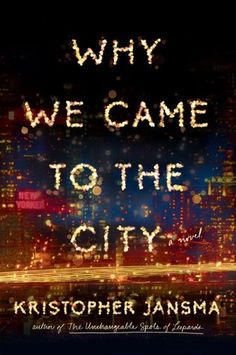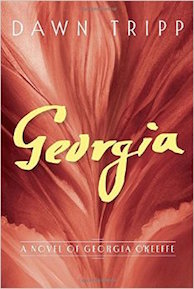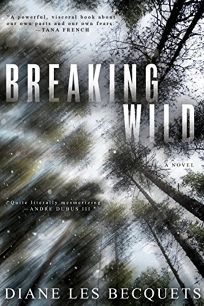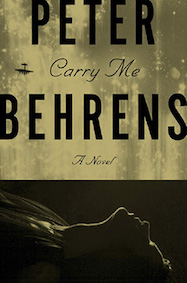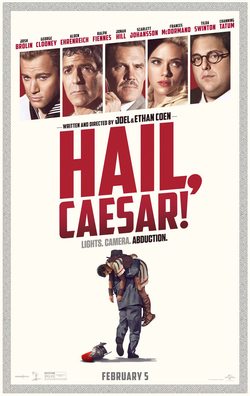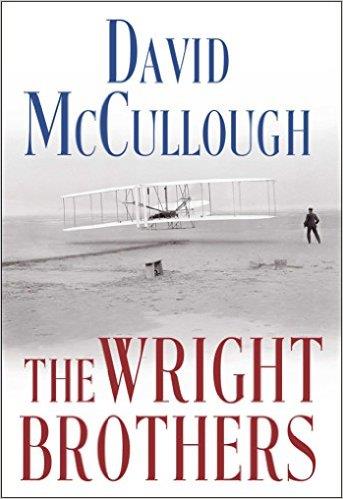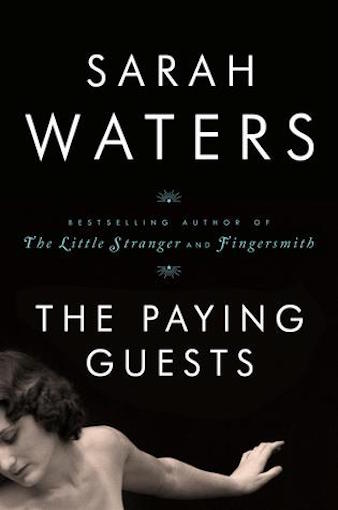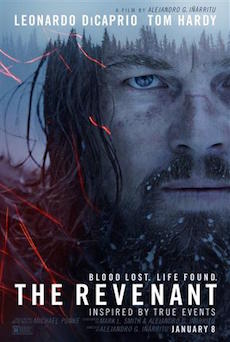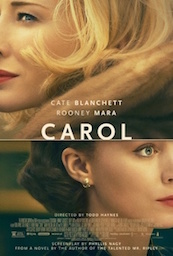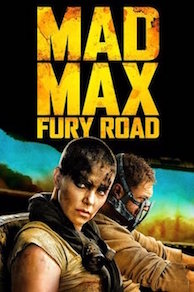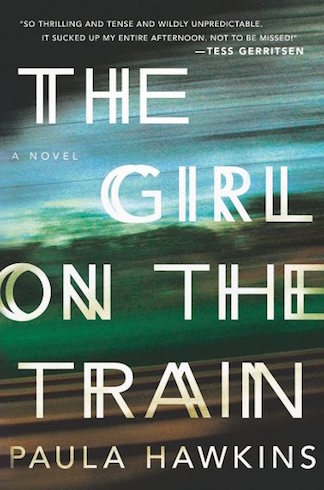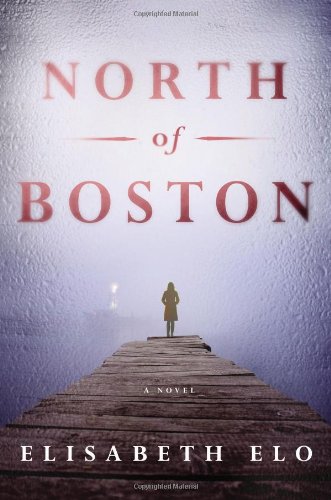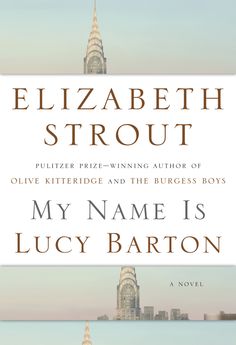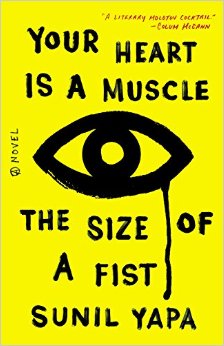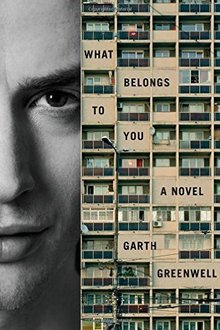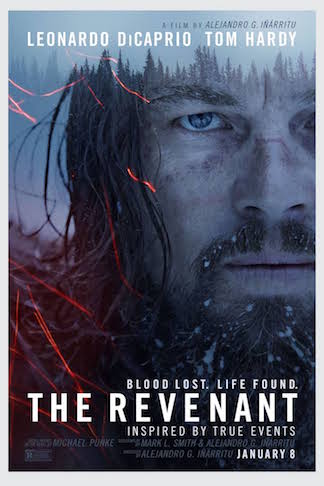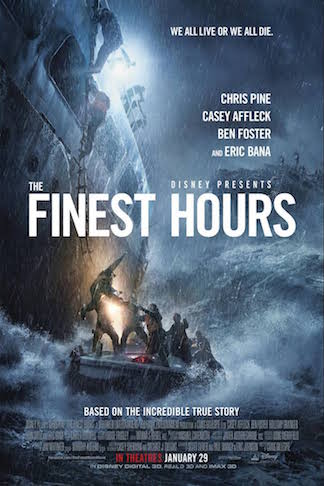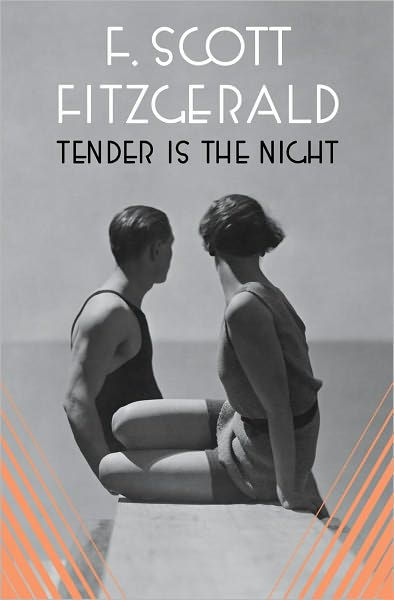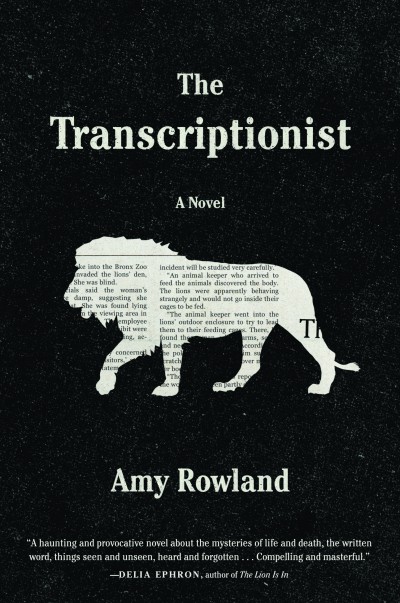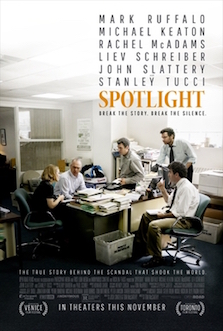
I was sad to read of Harper Lee’s death yesterday. I had reread her 1960 classic “To Kill a Mockingbird” last year and had re-watched the 1962 movie version of it too — all in preparation for the 2015 release of her book “Go Set a Watchman,” which is generally considered to be an early draft of “Mockingbird” written in 1957. But — ugh – everything in “Watchman” seemed to turn “Mockingbird” on its head. I didn’t like it much and thought the writing in it to be fairly forgettable too.
And now with Harper Lee’s passing, I wonder: do I wish “Watchman” had never been released? Probably, yes. I sort of always liked the idea of Harper Lee having written just one novel, one classic – sort of like Ralph Ellison did with “Invisible Man,” which I loved too. But now with “Watchman” out there, it muddies the waters and presents more of a complex picture of what Harper Lee wrote and how “Mockingbird” came to be, which I guess isn’t necessarily a bad thing. I too was eager at first to reacquaint myself with an older Scout but sometimes prequels or sequels don’t always turn out to be what’s best. I’ll always be fond of the 1960 story and characters, but now I’ll just know that they grew out of something else. What about you – do you feel it was too bad that “Watchman” was released when it was?

Meanwhile this week I’ve been working my way through Chimamanda Ngozi Adichie’s 588-page novel “Americanah,” which I’m reading for my book club. I’m not done with it just yet, but I’m marveling at how readable the novel is and how the story hasn’t sagged for me yet despite how long it is. I’m usually not a fan of overly lengthy, thick novels so I’m pleasantly surprised by this one. It flows and entertains and keeps me wanting to find out what will happen at the end to the two main characters. It also offers an interesting commentary on race and class along the way. I plan to finish and review it sometime next week.
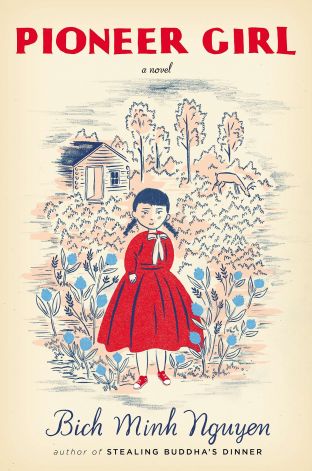
I did finish the audiobook of Bich Minh Nguyen’s 2015 novel “Pioneer Girl” this week and enjoyed it quite a bit. It’s about an American Vietnamese girl (Lee Lien) who upon finishing her Ph.D. in literature returns home to the Chicago area for awhile to help out in her immigrant family’s restaurant. But while there, her brother steals their mother’s jewelry and takes off for California, leaving Lee with their mother’s gold leaf brooch that was left behind in their family’s Saigon restaurant years ago by American reporter Rose Wilder Lane, the daughter of author Laura Ingalls Wilder. Soon Lee begins investigating Rose and Laura’s histories and whether the brooch is indeed an heirloom of the famous author’s, whose books were a favorite of Lee’s as a child.
It’s neat that the story explores both the Asian American experience of growing up in a strict, hard-working immigrant family in the Midwest, as well as being part literary mystery into the details of Rose and Laura’s lives. In their own ways, Lee and the Wilders are all “pioneer girls,” or at least Lee is drawn to Rose and Laura as being such. Lee’s life with her own tough mother and deceased father alternates chapters of Rose and Laura’s fractured lives. It’s an interesting parallel and one I found quite insightful and engaging.
I hadn’t thought of Laura Ingalls Wilder’s “Little House on the Prairie” books in a long time. I had read and liked them as a kid, and sometimes watched the TV show based on the books, but this novel brought them back to me — and left me wondering about Laura and Rose’s collaboration on the books — with Laura as the writer and Rose the editor. Bich Minh Nguyen’s novel makes me want to read “Pioneer Girl: The Annotated Autobiography” by Laura Ingalls Wilder with editor Pamela Smith Hill, which came out in 2014 and apparently has a lot of new details into the family’s pioneer and writing lives.
It’s cool when a novel such as Bich Minh Nguyen’s can tell an interesting story about a girl’s immigrant roots and self-discovery and espouse a love of literature at the same time. What’s not to like?! For those who loved the stories of Laura Ingalls Wilder’s this book is especially for you.
Ps. I didn’t realize beforehand that Nguyen was married to fellow novelist Porter Shreve. I had met him many years ago in D.C. where he signed a copy of his debut novel “The Obituary Writer” for me. It’s quite a fun novel as I recall.
What about you — do you have any thoughts about Harper Lee’s legacy, or Adichie’s novel “Americanah,” or Nguyen’s novel “Pioneer Girl” and if so, what are they?

